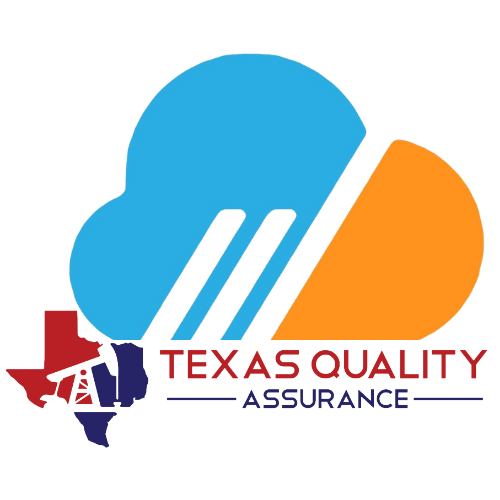Guest blogger today. Pat Patterson it’s LAAP.
OSHA’s Revised Rule for Reporting of Work-Related Injuries and Illnesses
Year-end 2017 companies in certain industries are required to send, electronically, their accident and illness data (OSHA 300 and/or 300A) to OSHA. This has been getting a LOT of attention. However, the more urgent concern that was established in the final rule was the August 10, 2016 deadline for employers to adopt, and communicate to employees, reasonable procedures for reporting of workplace injuries and illnesses. There is, however, another major concern. That concern is OSHA’s assertion in the preamble to the revised regulations that the new rule may very well prohibit certain “blanket” post-injury drug testing policies, as OSHA feels that blanket policies for testing of all employees who are injured on the job is an unreasonable deterrent to reporting an injury and, thus, a violation of the new rule.
Herein lies a huge problem, in our opinion, consistency… Employers MUST conduct a thorough Root Cause Analysis (RCA) on each and every injury and illness to determine, in part, if drugs played, or may have played, a part in the cause of the injury and/or illness. The EEOC protects employees from being discriminated against. Should the employer decide to drug test one employee after an injury/illness, and NOT test another employee after another injury/illness, the employer absolutely MUST be able to document their reasoning, or be subject to an EEOC suit.
However, it’s not rule yet… The drug testing portion of the new rule has been challenged and OSHA has postponed implementing this portion until after November 2016. This is when the courts will hear arguments from the companies who filed the lawsuit.
Our Recommendation:
- Make certain your policies are consistent and all employees are treated equally.
- Conduct a thorough RCA on each and every injury and illness. This will not only find the Root Cause and prevent recurrence, but also will determine whether or not drugs were, or may have been, involved.
- Document, Document, Document….. ALWAYS document your findings that help determine your actions!!!
- Conduct a comprehensive safety assessment of your facility and workplaces to remove hazards BEFORE and injury/illness occurs.
Want More Information??
For more information on changes to OSHA regulations, contact LAAP, Inc. at 936-597-7526.
Texas Quality Assurance:
www.TexasQA.com | Tel:
(281)756-7316
LinkedIn |
Facebook |
Instagram |
Twitter |
GETTR |
YouTube
–
Products and Services: |
QMS Software |
Consultation |
FQM |
Auditing
#QualityMatters podcast is streaming on:
iTunes |
Spotify |
Google |
Audible |
Stitcher |
TuneIn 